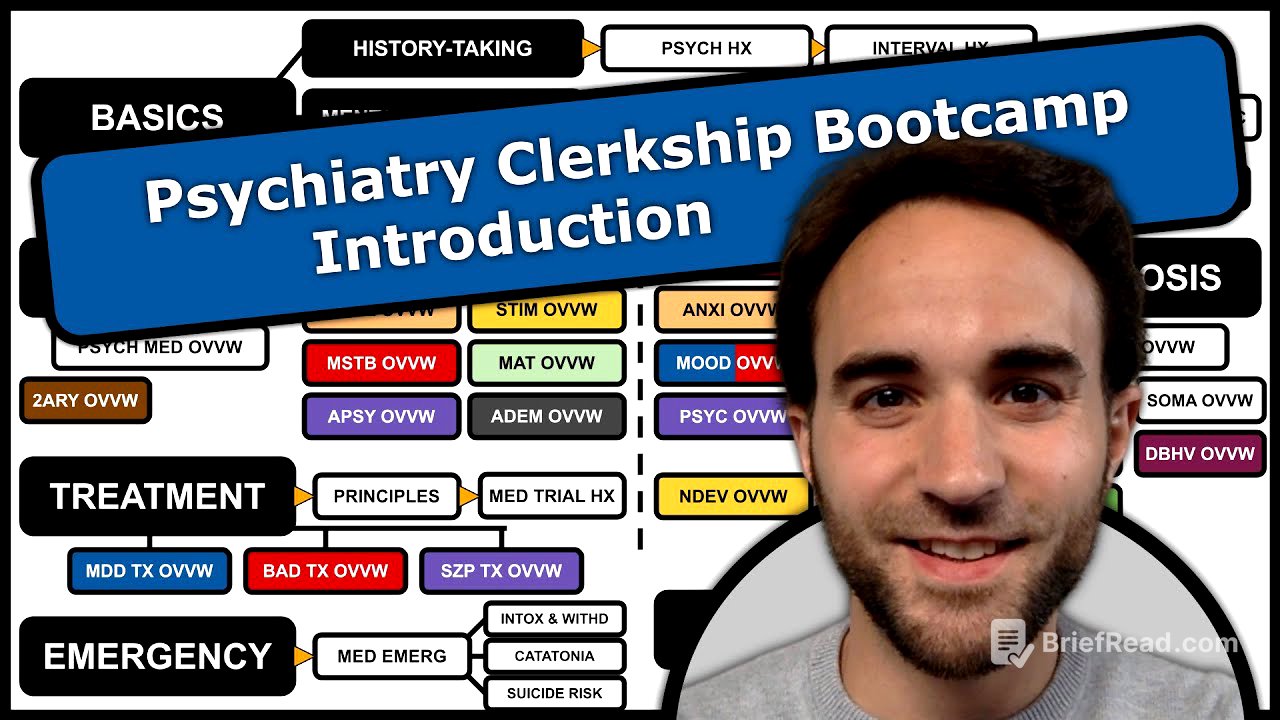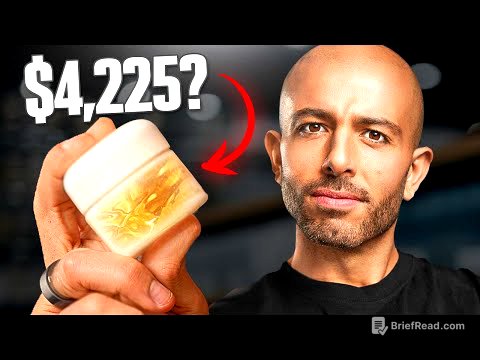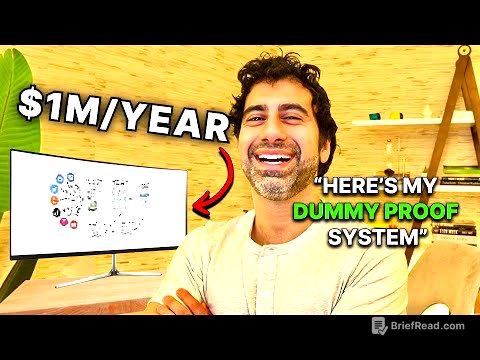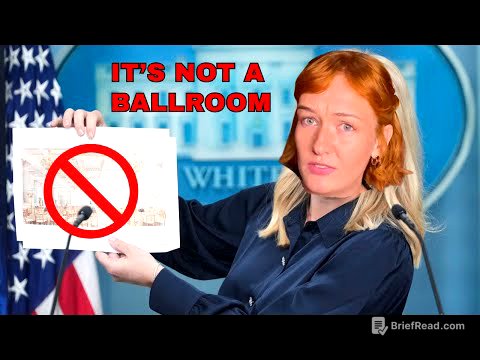TLDR;
This video serves as an introduction to the Psychiatry Clerkship Boot Camp, outlining the videos included in the playlist as of May 2025. It aims to help medical students effectively plan their study of fundamental topics in psychiatry. The curriculum covers basic skills, psychiatric medications, diagnosis, treatment principles, emergency psychiatry, and psychotherapy principles.
- The curriculum is designed to provide a comprehensive overview of essential concepts for excelling in a psychiatry clerkship.
- The speaker uses shorthand, abbreviations, and a color-coding system to aid memory, with keys provided in video descriptions.
- Feedback and suggestions are welcome to improve the curriculum and better address the needs of medical students.
Introduction to Psychiatry Clerkship Boot Camp [0:00]
The video introduces the Psychiatry Clerkship Boot Camp, a series of videos designed to help medical students plan their psychiatry clerkship studies. The content is current as of May 2025 and provides an outline of the topics covered in the playlist. The speaker uses shorthand and abbreviations throughout the talks, most of which are self-explanatory in context, with keys provided in the video descriptions. A color-coding system is also used to represent different disorders, disease processes, and medications as a memory aid.
Curriculum Overview [0:57]
The curriculum is divided into six major topics: basic skills, psychiatric medication, psychiatric diagnosis, psychiatric treatment principles, emergency psychiatry, and psychotherapy principles. These topics are fundamental for medical students during their psychiatry clerkship and can be studied in any order, although starting with basic skills is recommended. The speaker then reviews the videos within each category.
Basic Skills [1:27]
The basics category includes three subcategories: history taking, mental status exam, and assessment. The history taking videos cover psychiatric history and interval history, which should be viewed in that order. The mental status exam videos include mental status exam, mental status exam archetypes, and affect and thought process, also best viewed in sequence. The assessment videos cover differential diagnosis, medical causes of psychiatric symptoms, assessment and formulation, and the perspectives of psychiatry, which concludes the section by integrating various perspectives on psychiatric assessment.
Psychiatric Medication [2:08]
For medication, the speaker recommends starting with the psychiatric medication overview video, which provides a summary of the different classes of medications used in psychiatric practice. The videos on individual medication classes can then be watched in any order. The playlist orders them according to the speaker's arbitrary ordering of psychiatric disorders: depression, anxiety, mania, psychosis, and so on.
Psychiatric Diagnosis [2:35]
For diagnosis, the recommendation is to begin with the psychiatric diagnosis overview video, which offers a summary and organizational schema for various psychiatric diagnoses. Similar to the medication videos, the videos on individual diagnostic classes can be viewed in any order. It may be helpful to alternate between the medication and corresponding diagnosis videos.
Treatment and Emergency Psychiatry [2:57]
For treatment, the suggestion is to start with the principles of choosing psychotropics and medication trial history videos. Following this, the treatment algorithm videos for major depressive disorder, bipolar disorder, and schizophrenia can be watched in any order. In emergency psychiatry, begin with the medical emergencies and psychiatry overview, and then watch the other emergency psychiatry videos in any order. The therapy videos can also be watched in any order.
Curriculum Goals and Feedback [3:23]
The curriculum is designed to provide a relatively complete overview of the fundamental concepts needed to excel in a psychiatric clerkship and can be completed in under 3.5 hours, or less than 2 hours and 15 minutes at 1.5x speed. While it may not cover all the details needed to ace the psychiatry shelf exam, it serves as a useful starting point for understanding important concepts and organizing knowledge about psychiatric medications and disorders. The speaker lists future goals for the curriculum, including the aim to become a standard curriculum across US medical schools, and welcomes feedback and suggestions for video topics to improve the content.









